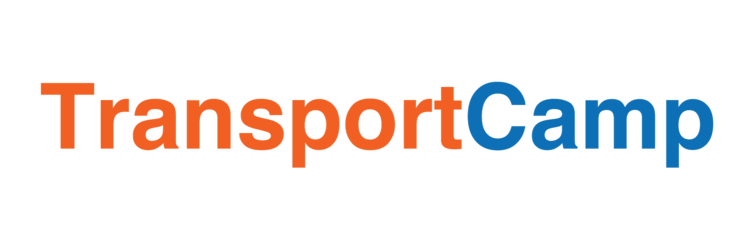Transport. Technology. Innovation.
TransportCamp is an open, collaborative event that brings together people working across transport, technology, and innovation. From public sector professionals and researchers to designers, developers, and advocates—everyone’s welcome.
As cities grow and mobility needs evolve, the way we plan, design, and operate transport systems has wide-reaching impacts on economic opportunity, environmental outcomes, and social inclusion.
At the same time, advances in technology - like mobile devices, open data, digital mapping, and AI - are opening up new ways to improve transport systems that are faster, more flexible, and often more cost-effective than traditional infrastructure projects.
TransportCamp explores this intersection of transport and technology. Common themes include:
Innovation in planning and policy
Open and big data
Shared and active transport
Mobility as a Service (MaaS)
Equity and accessibility
Tools for community engagement
This isn’t a traditional conference. It’s an unconference, meaning the agenda is shaped by the participants. At the start of the day, anyone can pitch a session—whether it’s a presentation, demo, workshop, or discussion. Then we build the schedule together.
You don’t need to be an expert. If you’re curious about the future of transport, you’ll fit right in. Bring your ideas, questions, and an open mind.
TransportCamp is about connecting people, sharing knowledge, and sparking new collaborations. For upcoming events and how to get involved, check the event pages
Tips for TransportCamp
The Rule of Two Feet: you’re free to walk out, and find a session that fits you better. Don’t stay in a session that doesn’t work for you, move to another session that needs your contributions.
Speak up: if a session needs help, provide it. Feel free to give reminders about time or topic focus.
Do it yourself! If you want a session to be different, maybe more technical, or more policy focused, suggest it! Other people might feel the same way, and you’ll help to sharpen the focus for everyone.
Good stuff happens in the corridors too. Unscheduled, informal corridor conversations are great for continuing off-shoots from sessions.
The session board
“The Board” is the central nervous system of the event. It’s a grid, representing the available spaces (the rows) and planned time slots (the columns). Each box is a particular space at a particular time, the sticky note in each grid cell describes what the session will be, including topic, format and presenter.
In the unconference tradition, participants propose sessions by writing them up (as described below) on large sticky notes. Then, an event organizer puts the session into a space on the board. We will try to spread sessions across the day evenly, making sure that similar or complementary sessions don’t go head to head.
Use the Board to plan your day. Once individual sessions are up on the board we won’t move them around. We’ll maintain an online version of the board, so you can also check the latest status of the board from your laptop or phone.
The board from TransportCamp 2014
Proposing a session
Example session stick note
Show up at TransportCamp with your session in mind. Head to the board, grab a sticky note, and describe your session. Don’t be shy about it! You are interesting and your work is compelling and people will want to hear what you have to share. Your note must include:
Session title
Your name
What kind of session it is (presentation, brainstorm, Q&A, demos,etc.)
More info about the session—will it be technical? Are you open to co-presenting?
How to lead a great session
So, you proposed a fantastic session and it’s up on the board. Congratulations! You’re responsible for the session logistics and content, here are some tips for making the most of the session:
Logistics
Be there ahead of the start time, so you can welcome people and kick things off on time
Start on time! This matters, you don’t want to make people late for their next session. Ask a volunteer for a timecheck if you’re not sure.
Finish on time (even if you start late!). We’ll let you know if there are schedule adjustments.
Content
If you’re leading a session, you have responsibility for the content and format, and the happiness of everyone participating. Be a leader, to manage the content as well as logistics.
Make sure expectations are clear from the outset: if you’re going to show slides for 45 minutes, make sure everyone in the room is ready for that.
Work towards tangible outcomes. A good start is for someone to take notes online, perhaps in a shared Google doc. Maybe it also makes sense to collect contact details for a mailing list for further discussion.



